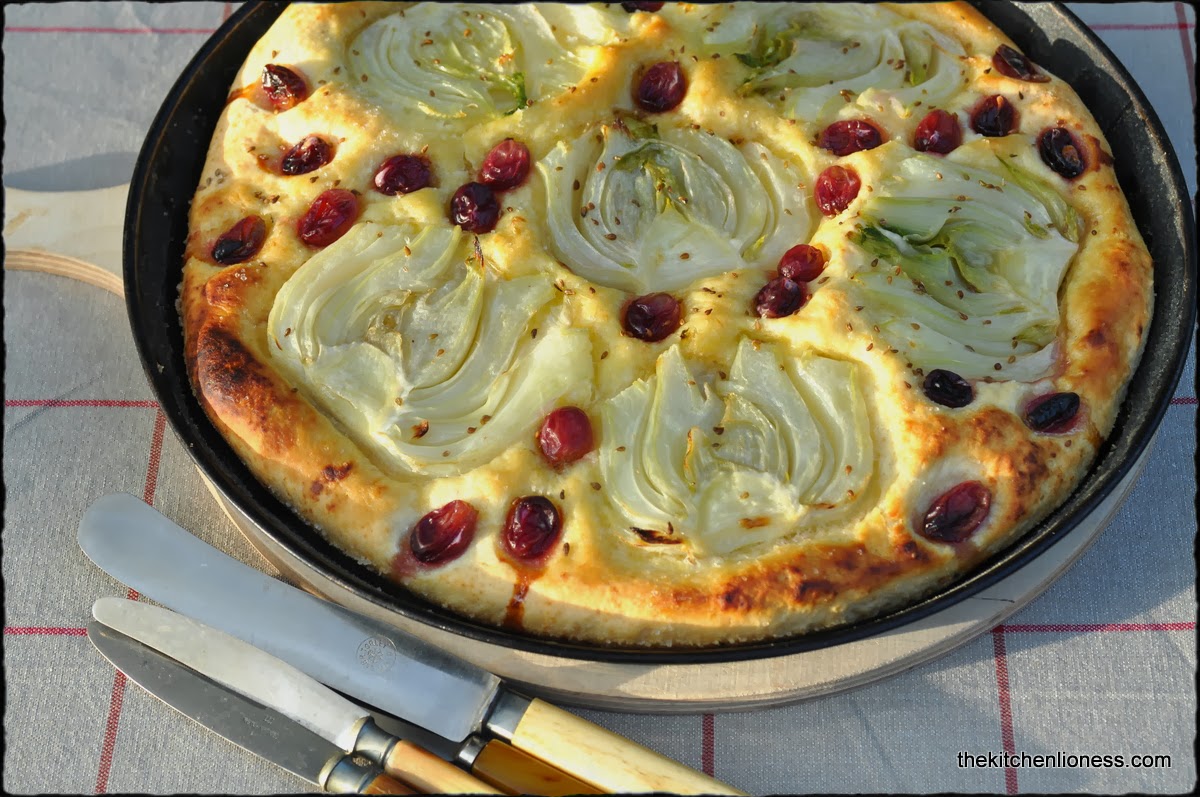Today´s recipe for the
French Fridays with Dorie group is “
Mme. Maman´s Chopped Liver”.
Inexpensive and packed with flavor, chicken livers make great fast food. They are also used in terrines or minced up with other ingredients to make a stuffing, or, as with this recipe, a spread.
Since we live in a country of serious Leberwurst lovers, around here, chicken livers are widely available in supermarkets and from butchers. As with all offal, livers need to be as fresh as possible. Other than that basic rule, following the recipe was simple and fun.
The ingredients needed for today´s recipe, are olive oil, onions, sea salt, freshly ground black pepper, quatre-épices and hard-boiled eggs.
Quatre-épices is a rather famous French spice blend. But when I asked for it at one of my favorite markets, I was given “the look” and a “I know my spices and there is no such thing” brush off – so, off I went, bought the four spices needed and put my blend together myself. I put the blend in a nice jar with an even nicer label and will use it again soon. The
spice blend consists of
eight parts pepper,
one part ginger,
one part cloves and
two parts nutmeg, all fresh, of course, otherwise the mix will have no punch and will taste bland. If you cannot get these lovely spices though, you can substitute
allspice because the taste of allspice with its pronounced flavors of pepper and cloves is reminiscent of the four-spice blend.
For today´s chopped liver, simply sauté the onions and then pan fry the livers in oil for a few minutes until golden-brown on the outside and pink and juicy inside. Then chop the livers finely and stir in chopped eggs, season generously with the spice blend, pepper and salt. I also added some freshly chopped Italian parsley. Then serve on some baguette. And do not forget to serve a few Kalamata olives alongside.
To see how much the other members of the French Fridays with Dorie group enjoyed today´s recipe, please click
here.
If you happen to own
Dorie Greenspan´s book “
Around my French Table”, you will find the recipe for “
Mme. Maman´s Chopped Liver” on page 32.



























